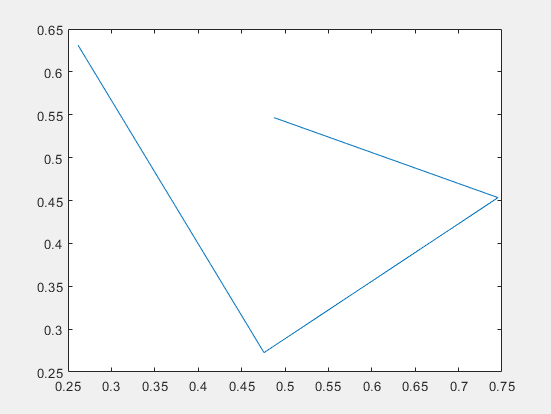ginput
Identify axes coordinates
Description
[
allows you to identify the coordinates of x,y] = ginput(n)n points. To choose a point,
move your cursor to the desired location and press either a mouse button or a key on the
keyboard. Press the Return key to stop before all n
points are selected. MATLAB® returns the coordinates of your selected points. If there are no current axes,
calling ginput creates a set of Cartesian axes.
Examples
Input Arguments
Output Arguments
Introduced before R2006a



